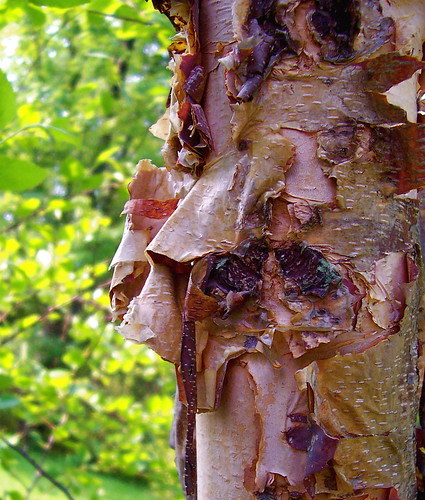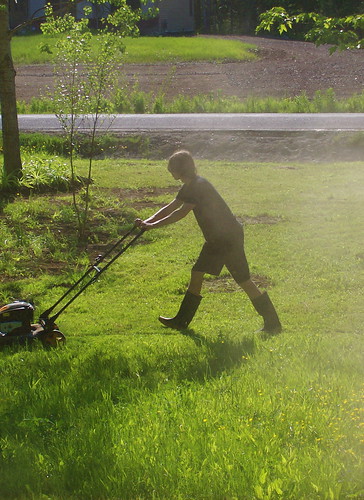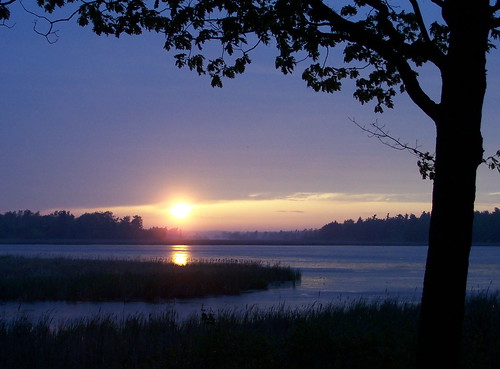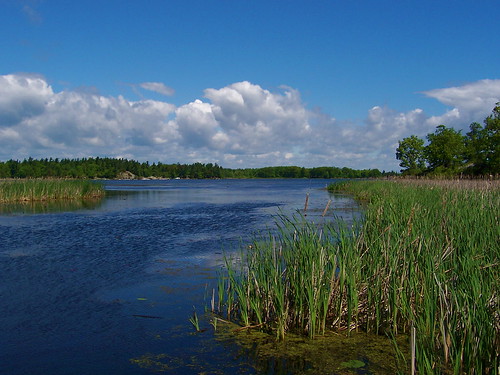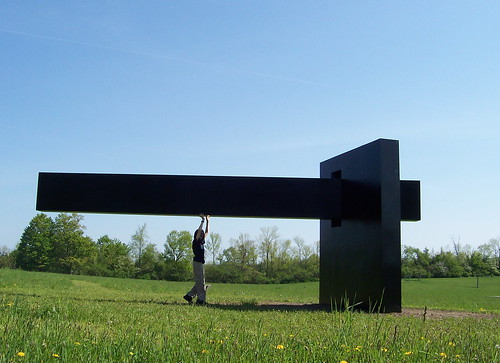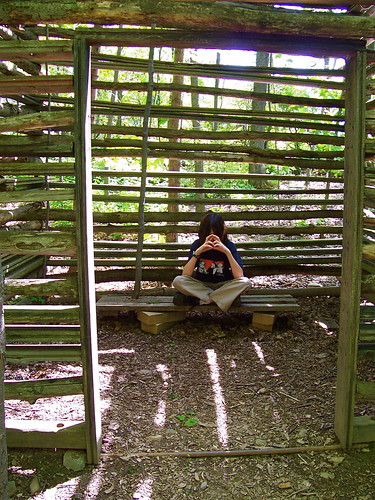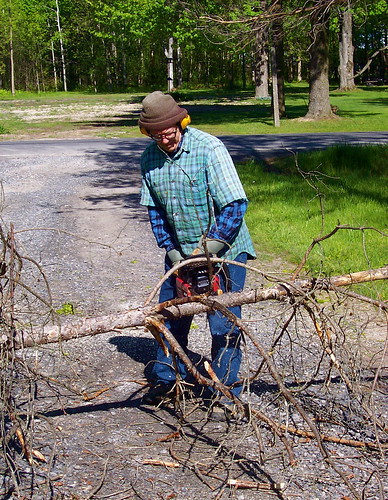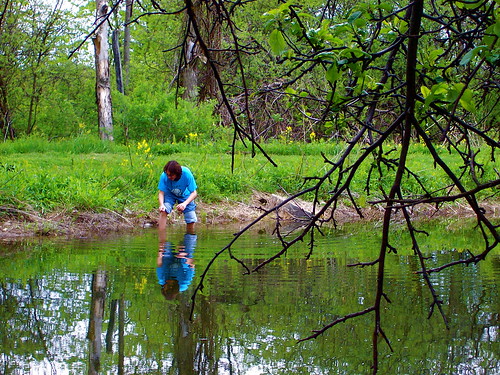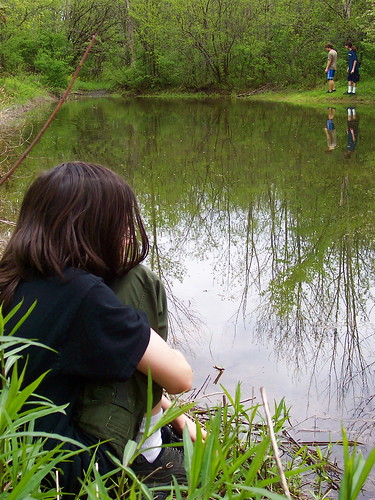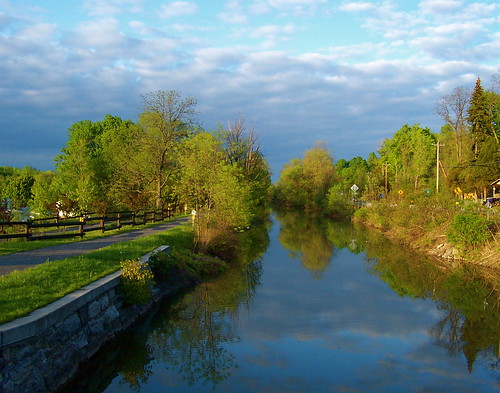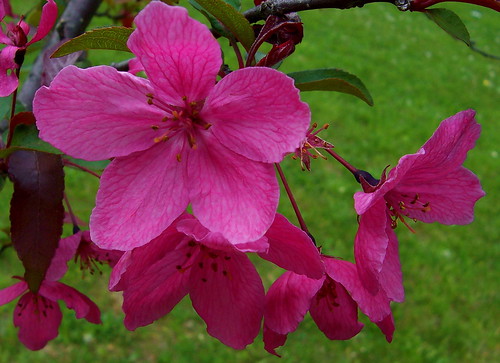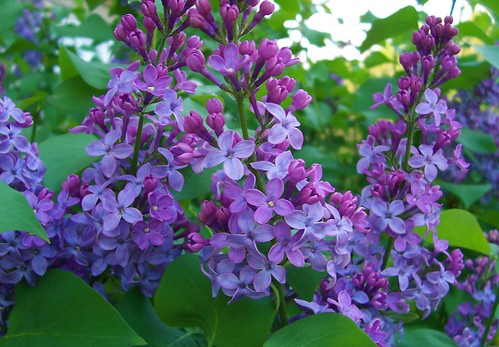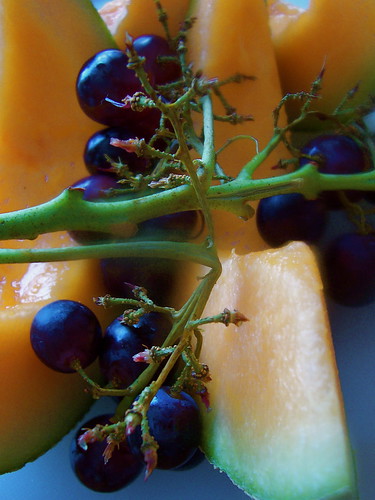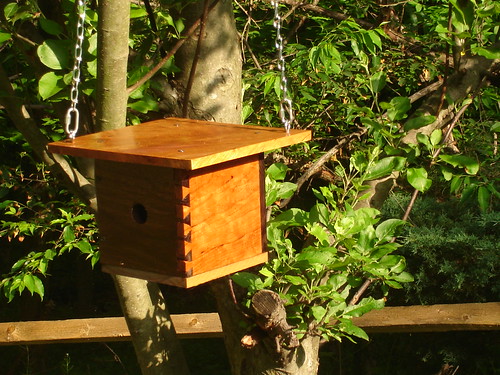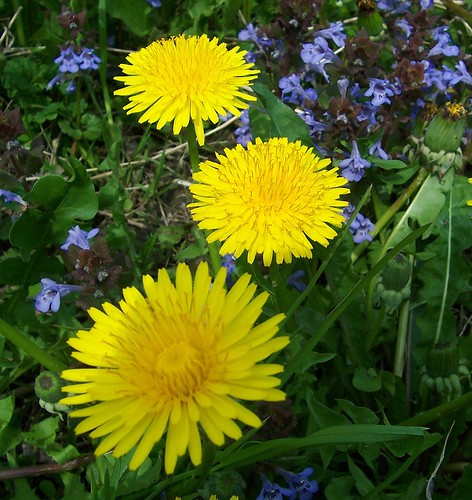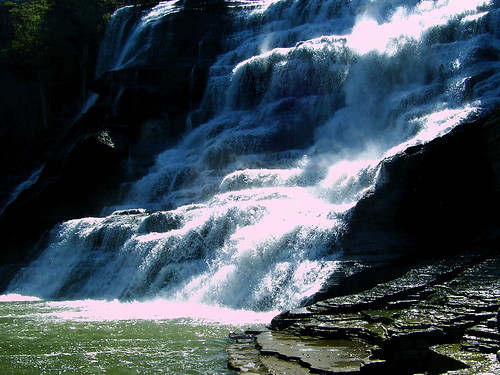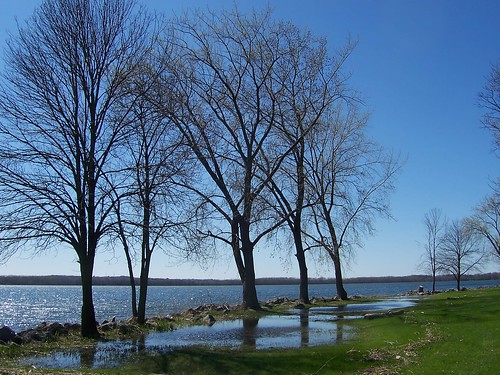Many people see birch trees as weak trees, associating them with the slender white trunks that come crashing down beneath the dominant oak in succession or the ornamental trees that look pretty but so often have to be cut down after pest infestation. But the river birch (betula nigra) is resistant to most pests and diseases. Unlike many other trees, river birches can survive in standing water, and their roots can penetrate a heavy clay soil. Their flexible trunks handle strong winds and heavy ice.
River birches are survivors. In April, the river birch in my back yard was flattened almost to the ground by heavy snow. Many of the scotch pines in my woods came crashing down during that storm, the brittle trunks breaking under the weight of the snow. But the river birch was unharmed. When the snow melted, the flexible limbs and trunk of the river birch simply sprung back into place.
On hot August days, the green leaves of the river birch are edged with gold, and in fall, the leaves turn bright yellow. The leaves don't stay on the tree very long after turning colour; if you live close to a river birch, you get just a glimpse of the beautiful colour before the leaves fall to the ground.
As a river birch matures, the bark shreds and peels away from the trunk, which makes the tree look battered and scarred, and yet somehow beautiful. Ironically, the rough edges of the curling reddish bark, contrasting with the vulnerable pink smoothness underneath, are what make the tree so attractive. In winter, the lovely shredding trunks and red-brown twigs of the river birch provide colour to a bleak February landscape.
In spring time, the green leaves of the river birch sway in the wind and offer a dappled shifting shade. A river birch might grow three to five feet in one spring. More than anything, this is a tree known for rapid growth, its branches bending and reaching toward sky.
